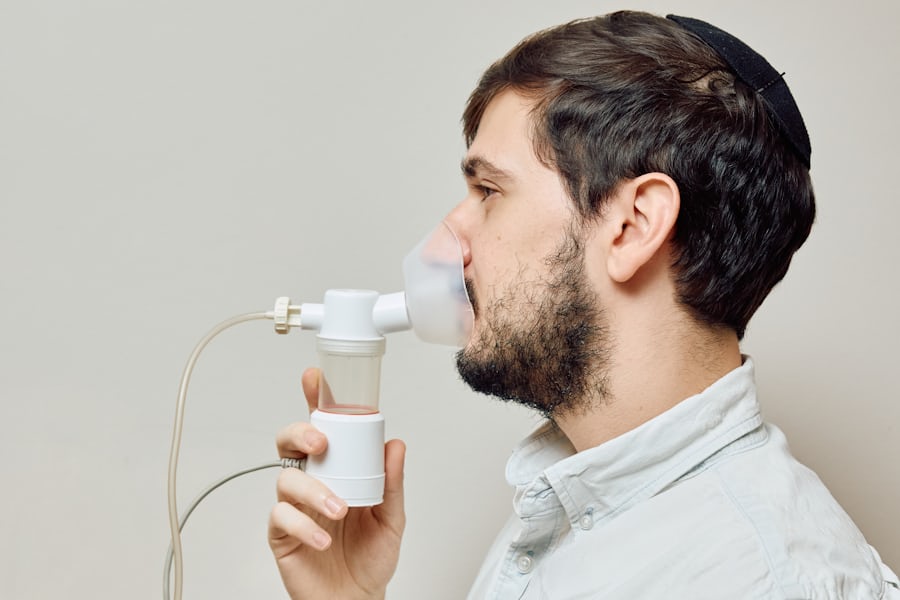Water Vapor Therapy: A Minimally Invasive Treatment for Enlarged Prostate
Water vapor therapy, most commonly known by the brand name Rezūm, is a minimally invasive medical procedure designed to alleviate the symptoms of benign prostatic hyperplasia (BPH), or an enlarged prostate. This innovative treatment uses the natural energy of steam to remove excess prostate tissue that can press on the urethra and cause frustrating urinary problems.
How it Works: The procedure involves the transurethral delivery of sterile water vapor (steam) into the obstructive prostate tissue. A small, handheld device is inserted into the urethra, and precisely controlled doses of steam are released into the targeted areas of the prostate. The thermal energy from the steam causes the prostate cells to die. Over a period of a few weeks to months, the body’s natural healing process absorbs the treated tissue, leading to a reduction in the size of the prostate and a widening of the urethra. This, in turn, helps to relieve the urinary symptoms associated with BPH.
The Procedure Itself: Water vapor therapy is typically performed as an outpatient procedure in a urologist’s office or a hospital setting. It is often done under local anesthesia or light sedation, and the treatment itself is relatively quick, often completed in a matter of minutes.
Key Benefits: One of the primary advantages of water vapor therapy is its minimally invasive nature, which often translates to a quicker recovery time compared to more traditional surgical options for BPH. Other potential benefits include:
Symptom Relief: The therapy has been shown to be effective in reducing common BPH symptoms such as frequent urination, urgency, a weak urine stream, and nocturia (waking up at night to urinate).
Preservation of Sexual Function: Clinical studies have indicated that water vapor therapy has a low risk of causing erectile dysfunction or ejaculatory problems, which can be a concern with other BPH treatments.
Alternative to Medication: For men who do not wish to take daily medication for BPH or who experience side effects from these drugs, water vapor therapy offers a long-term solution.
Outpatient Procedure: The convenience of an outpatient procedure with a typically swift return to normal activities is a significant advantage for many patients.
Potential Risks and Side Effects: As with any medical procedure, water vapor therapy carries some potential risks and side effects, though they are generally considered mild and temporary. These can include:
Painful or frequent urination
Blood in the urine or semen
A temporary need for a catheter
Urinary tract infection
It is important for individuals considering this treatment to have a thorough discussion with their urologist to understand the potential benefits and risks based on their specific health condition.
In conclusion, water vapor therapy represents a significant advancement in the treatment of B.P.H., offering a safe and effective minimally invasive option for men seeking relief from the disruptive symptoms of an enlarged prostate.


